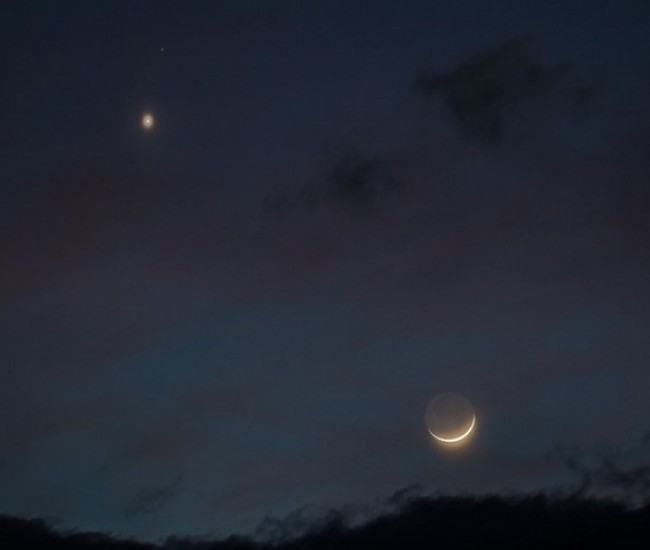An amazing celestial phenomenon is expected on December 10, when four celestial bodies coexist simultaneously: Venus, Saturn, Jupiter and the Moon in the winter sky.
According to the announcement of the Svábhegy Observatory on Wednesday, on the night of December 10, the celestial bodies will draw a long cosmic line before our eyes, which will be at a distance of 15-20 degrees. You will not need binoculars to observe the phenomenon, the combination will show its true beauty with the naked eye.
The celestial phenomenon will gradually unfold after sunset, and the four celestial bodies will be seen in all their glory at exactly five o’clock in the evening.
The morning star, also known as Venus, will be so bright that it can be seen even at sunset. Second in line is Saturn, which appears as an orange star in the sky at dusk. Its apparent diameter is the smallest of the observable planets, and a telescope with a magnification of 20-30 is required to see its disk.
Jupiter, still rising high in the sky, was perfectly observed on December 10th. In a hand-held telescope with at least 10x magnification, the orbiting Galilean moons will also appear, with Io and Europa on the left and Callisto and Ganymedes on the right. At higher magnifications, the drag bands of the planet’s equator and vortex are also visible.
The Planetary Lineup was finally closed by the Moon. With a hand-held telescope, even the moon’s dark seas can be observed as well as some craters on the border of the light shadow.
On New Year’s Eve, even Mercury will join the planets, so on January 4, Venus – Mercury – Moon – Saturn – five-seater Jupiter will greet the New Year.
Those interested can also observe the symbiosis of celestial bodies in the capital, at the Svábhegy Observatory, with the largest experimental telescope in Budapest – read in the announcement.






